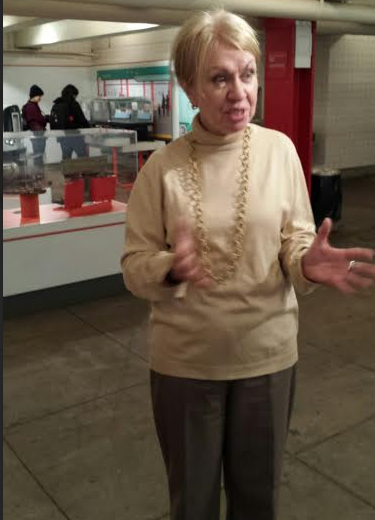Transit Museum exhibit details building of Verrazano Bridge

Archivist Mary Hedge leads the tour of the “Spanning the Narrows” exhibit at the New York Transit Museum. Eagle photos by Raanan Geberer
The year 2014, which is almost over, is the 50th anniversary of the opening of the Verrazano-Narrows Bridge, commonly known as the Verrazano Bridge, between Bay Ridge and Staten Island.
From its opening in 1964 until 1981, when it was surpassed by the Humber Bridge in the U.K., the Verrazano, at 2.7 miles, was the longest suspension bridge in the world.

Brooklyn Boro
View MoreNew York City’s most populous borough, Brooklyn, is home to nearly 2.6 million residents. If Brooklyn were an independent city it would be the fourth largest city in the United States. While Brooklyn has become the epitome of ‘cool and hip’ in recent years, for those that were born here, raised families here and improved communities over the years, Brooklyn has never been ‘uncool’.